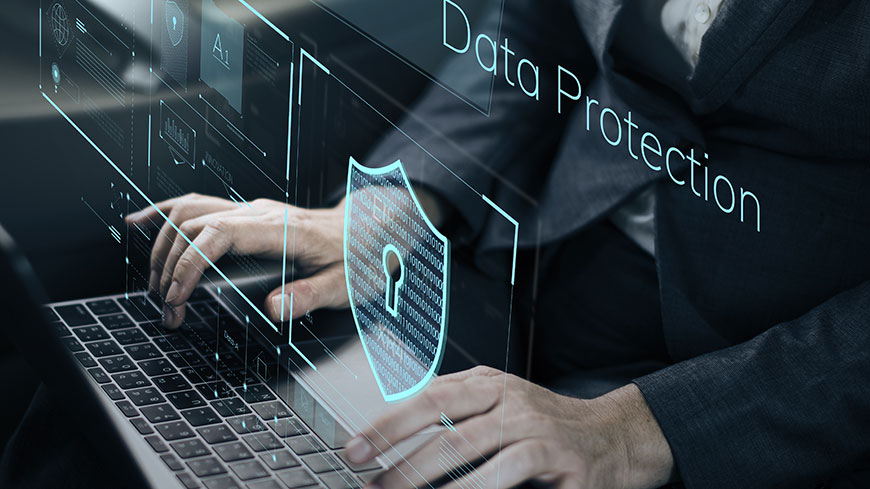Bathroom cladding panels offer a smart solution for creating elegant, waterproof spaces that stand the test of time. With their sleek appearance, easy installation, and lasting durability, they have become a preferred choice for modern bathrooms. These panels not only enhance the style of interiors but also provide a practical way to keep walls protected from moisture and stains. Their versatility in design and finish makes them suitable for a variety of bathroom styles, from classic to contemporary, while ensuring minimal maintenance requirements.
What Are Bathroom Cladding Panels?
Bathroom cladding panels are decorative wall coverings designed to replace tiles or paint in wet areas. Made from high-quality PVC or other durable materials, these panels provide a seamless waterproof finish. Unlike traditional tiles, they do not require grout, which means fewer chances of mold or dirt accumulation.
Advantages of Bathroom Cladding Panels
Bathroom cladding panels are chosen for both functionality and aesthetics. Their benefits make them a reliable option for residential as well as commercial spaces. Key advantages include:
- Waterproof protection: Prevents moisture damage and keeps bathroom walls safe.
- Elegant finish: Available in a wide range of colors, textures, and patterns.
- Durability: Resistant to scratches, stains, and daily wear.
- Easy installation: Panels can be installed quickly without specialized tools.
- Low maintenance: Smooth surface is simple to clean with basic household products.
Design Options for Every Style
One of the most attractive features of bathroom cladding panels is their design versatility. They can replicate the look of natural stone, marble, wood, or even high-gloss finishes. This allows homeowners to achieve a luxurious appearance without the high cost of natural materials. Whether the preference is a spa-like retreat or a sleek modern bathroom, there is a cladding style that complements every vision.
Installation Made Simple
Installing bathroom cladding panels is straightforward. Panels are lightweight, making them easy to handle, and they can be fitted directly over existing tiles or bare walls. This reduces renovation time and avoids the mess associated with tile installation. Many panels use a tongue-and-groove system that clicks into place, creating a seamless and watertight finish.
Long-Lasting Performance
Durability is one of the strongest features of cladding panels. Their sturdy construction ensures they withstand daily use, high humidity, and cleaning routines without losing their finish. Unlike tiles that may require re-grouting over time, cladding panels retain their smooth and polished appearance for years.
Why Choose Bathroom Cladding Panels?
Choosing cladding panels means combining style with practicality. They save time on maintenance, reduce installation costs, and transform bathrooms into modern, elegant spaces. To summarize the main benefits:
- Strong waterproof protection
- Stylish and versatile finishes
- Quick and clean installation
- Long-lasting durability
- Easy care and cleaning
Bathroom cladding panels bring together beauty, strength, and convenience in one solution. They deliver a flawless finish while protecting walls from water damage and every day wear. With a wide choice of designs and effortless installation, these panels provide a modern upgrade that enhances both comfort and style in any bathroom.







